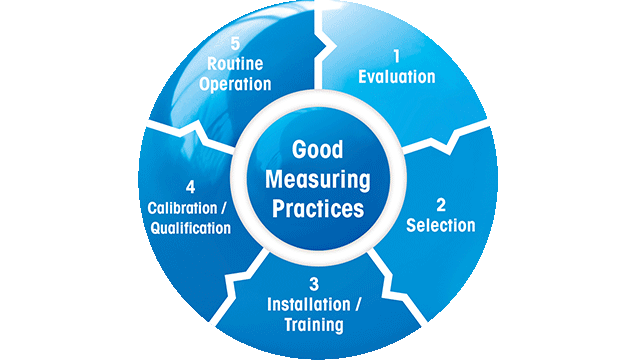Five Steps for Reliable Measurements
Consider the following questions over the lifecycle of your instruments, which will help you ensure good measurement results:
- What are your requirements and risks?
- Which instruments are fit for purpose?
- What type of training will your users benefit from?
- How to calibrate and test your instruments effectively?
- Which measuring tips and tricks will help you operate effectively?





































